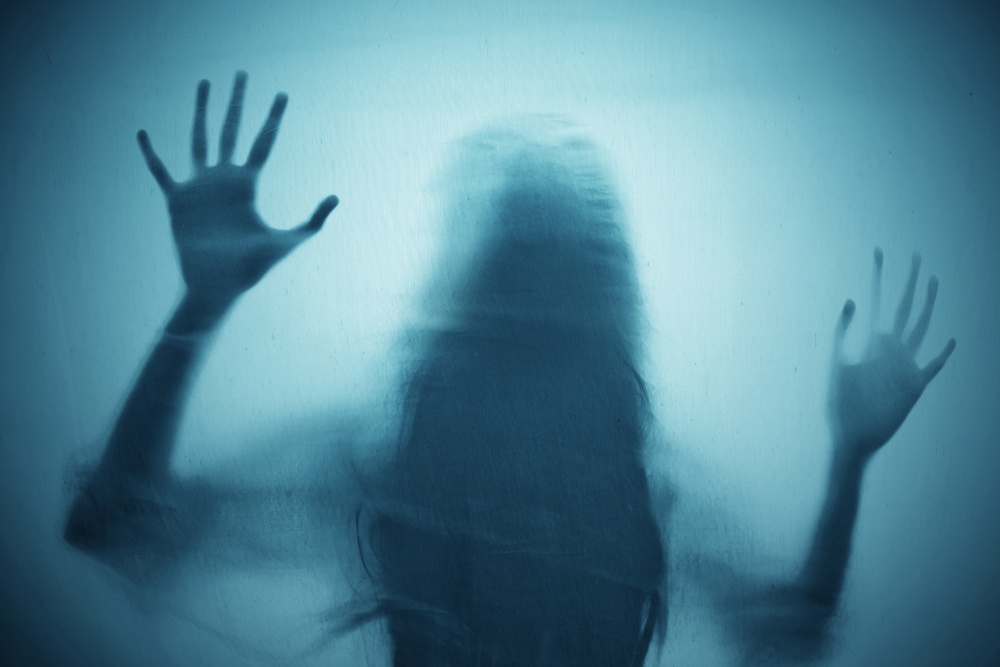In the annals of human history, the pursuit of the paranormal has been a constant, transcending cultural boundaries and epochs. Paranormal investigation, the systematic exploration of phenomena beyond the grasp of conventional scientific understanding, has roots that delve deep into the tapestry of our past. This article embarks on a journey through time, unraveling the fascinating history of paranormal investigation.
Ancient Beginnings
The origins of paranormal investigation can be traced back to ancient civilizations where beliefs in spirits, gods, and the afterlife were an integral part of daily life. Priests, shamans, and mystics often assumed the role of early paranormal investigators, mediating between the human realm and the supernatural. Ancient texts and artifacts reveal rituals and practices aimed at appeasing or communicating with unseen forces.
Medieval Mysticism
As medieval Europe embraced Christianity, the concept of the paranormal became intertwined with religious beliefs. Monasteries, with their secluded environments, became hubs for encounters with spirits. The line between divine and demonic entities blurred, prompting religious figures to investigate and document instances of possession, hauntings, and miraculous occurrences.
The Renaissance and the Birth of Scientific Inquiry
The Renaissance ushered in an era of scientific curiosity and intellectual inquiry. While the scientific revolution sought to explain the natural world through empirical methods, the realm of the paranormal remained largely uncharted. However, pioneering minds like Johannes Kepler and Isaac Newton, while focused on traditional sciences, maintained interests in alchemy and mystical pursuits, contributing indirectly to the evolving landscape of paranormal thought.
The Spiritualist Movement
The 19th century witnessed the rise of the Spiritualist movement, a phenomenon that fueled widespread interest in communicating with the deceased. Séances, mediums, and Ouija boards gained popularity, and paranormal investigation took on a more organized form. Scientific minds, such as Sir William Crookes, explored the possibility of spirit communication using early photographic techniques and other emerging technologies of the time.
The Birth of Parapsychology
The early 20th century saw the establishment of parapsychology as a distinct field of study. Scholars like Joseph B. Rhine conducted experiments to explore extrasensory perception (ESP) and psychokinesis. Though met with skepticism, parapsychology laid the groundwork for a more scientific approach to paranormal investigation.
The Modern Era
The latter half of the 20th century and beyond witnessed a surge in paranormal interest. The advent of technology brought new tools to investigators, including infrared cameras, electromagnetic field (EMF) meters, and voice recorders. Television shows like "Ghost Hunters" and "Paranormal State" popularized paranormal investigations, reaching a global audience and sparking renewed curiosity.
Conclusion
From ancient rites to contemporary ghost hunts, the history of paranormal investigation is a testament to humanity's enduring fascination with the unknown. Whether driven by spiritual beliefs, scientific curiosity, or a quest for the afterlife, paranormal investigators have played a vital role in shaping our understanding of the supernatural. As we navigate the murky waters between skepticism and belief, the history of paranormal investigation stands as a testament to our relentless pursuit of unraveling the mysteries that lie just beyond the veil.


No comments yet